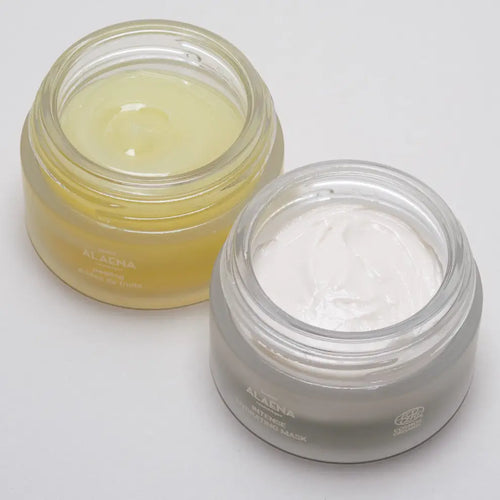There are two types of exfoliation: mechanical exfoliation made from natural or synthetic grains, and chemical exfoliation, based on acids or enzymes, also called peeling.
You may be used to using scrubs with grains, but did you know that most of them contain plastic microbeads?
Exfoliating with plastic grains, called polyethylene, is actually very polluting for our planet and our biodiversity. For all skin types, choose natural exfoliating agents such as sugar, sodium bicarbonate, and apricot kernel powder, as in our All-apricot scrub, or rice powder for example. They do not pollute the water and are very gentle on your skin.
Mechanical exfoliation is particularly recommended for thick, dry, and flaky skin. Sensitive skin may also benefit from exfoliation if the grains are soft and fine.
For acne-prone skin, we recommend acid-based chemical exfoliation.

